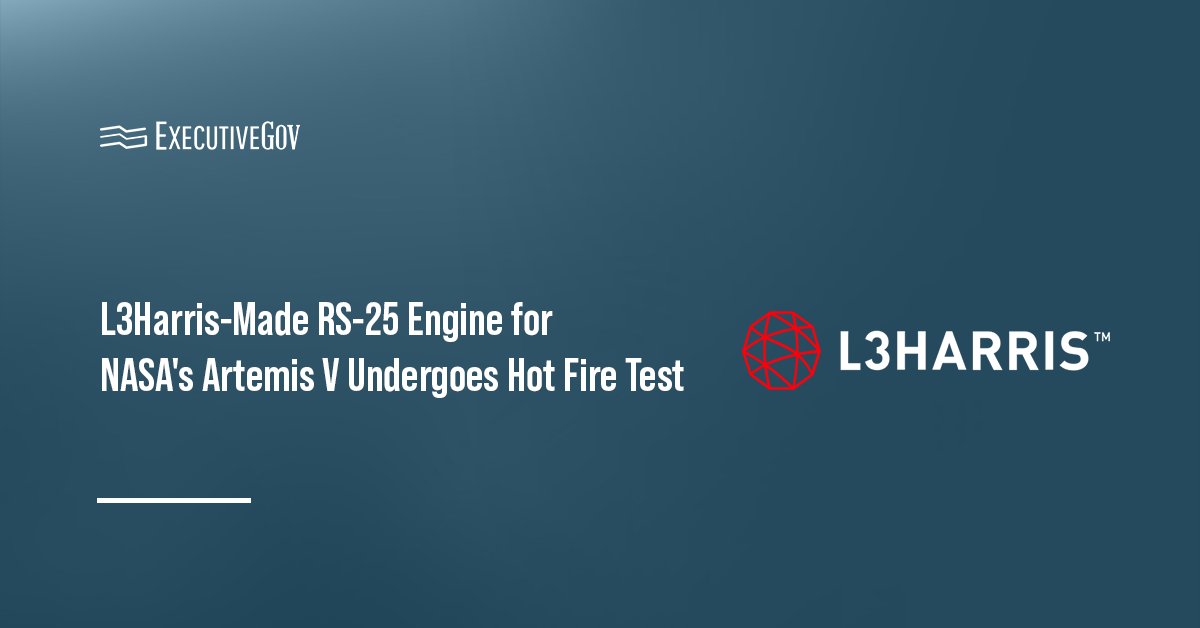L3Harris Technologies, in partnership with NASA, has test-fired the second RS-25 engine that will power the core stage of the Space Launch System rocket for the Artemis V space mission.
The test, conducted at NASA’s Stennis Space Center in Mississippi, validated the engine’s performance and reliability, L3Harris said Wednesday.
Table of Contents
What Did the RS-25 Engine Test Demonstrate?
The hot fire test lasted for about 500 seconds, exactly how long engines must fire during a real space mission. The engine also reached 111 percent of its rated power level during the firing.
Led by NASA, the test evaluated engine performance, durability and reliability. It marks the second flight-ready engine produced using modern manufacturing methods, including 3D printing, reducing production costs by 30 percent, according to L3Harris.
“As we approach America’s 250th anniversary next year, it’s fitting that we’re advancing the Artemis program that embodies the pioneering spirit of our nation,” said Kristin Houston, president of space propulsion and power systems at L3Harris subsidiary Aerojet Rocketdyne. “By leveraging advanced manufacturing techniques, we’re delivering engines that are more cost-effective while maintaining the power and reliability needed to propel Artemis missions to the Moon and beyond.”
L3Harris and NASA also conducted a full-duration hot fire test of the engine in June to evaluate its launch performance.
What Makes the RS-25 Engine Critical to Artemis?
The RS-25 is a liquid hydrogen and liquid oxygen-powered staged-combustion engine that evolved from the Space Shuttle main engine. The RS-25 is expected to deliver 512,300 pounds of vacuum thrust at 109 percent power.
Each SLS launch uses four RS-25 engines that collectively generate about two million pounds of thrust to propel NASA’s Orion spacecraft toward the moon. The agency has already completed installation of the first of 24 planned RS-25 engines for future Artemis missions.





